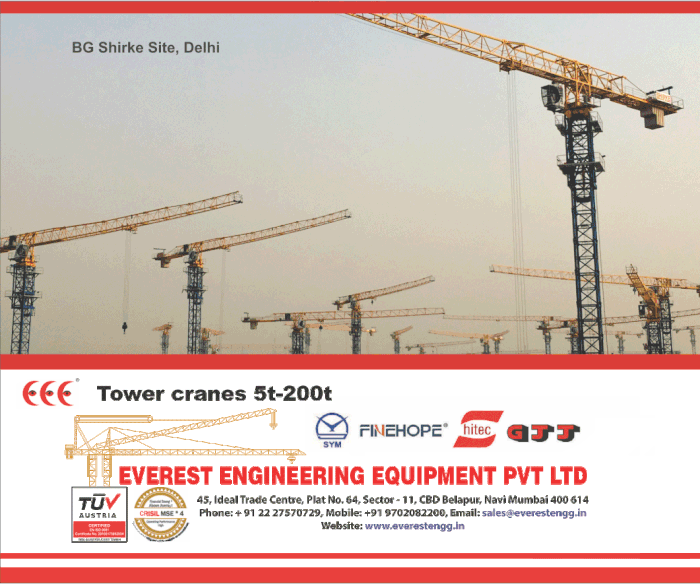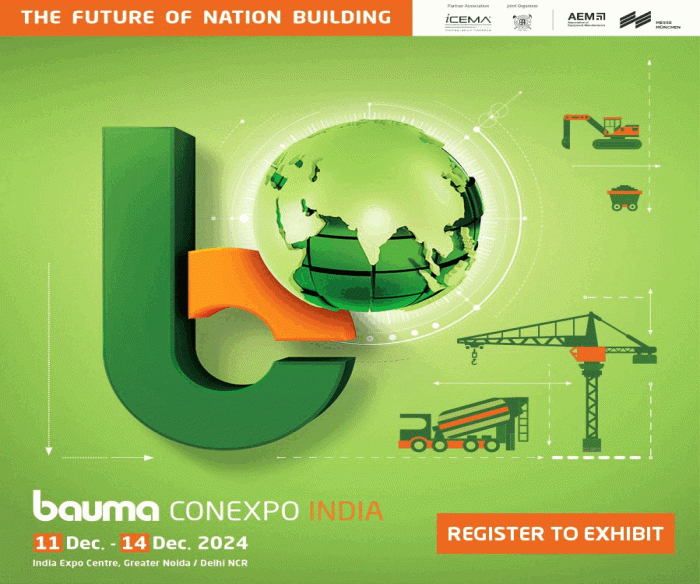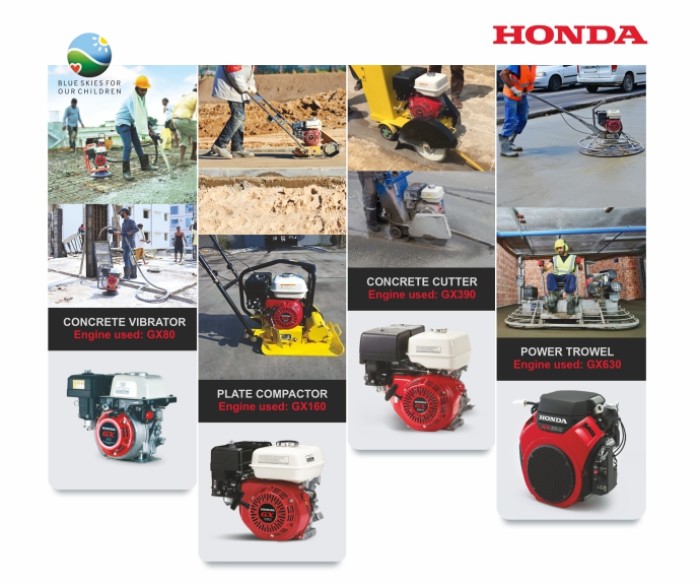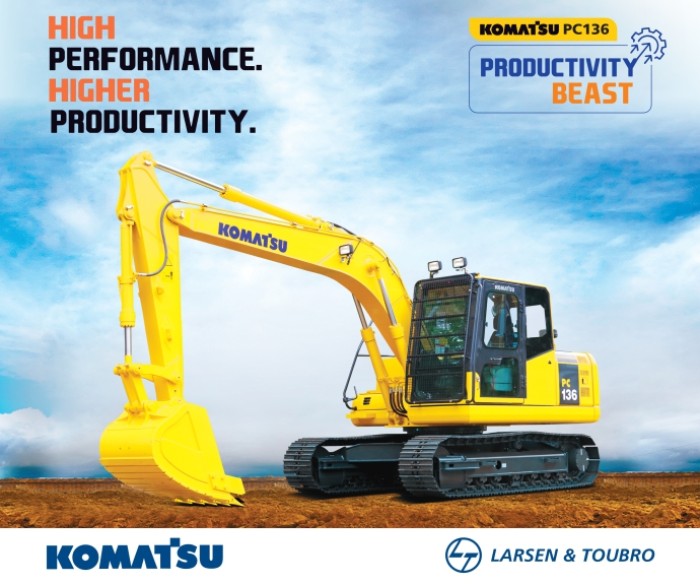ArcelorMittal Nippon Steel India Secures Land for Andhra Pradesh Steel Plant: A Major Boost for India's Steel Sector
ArcelorMittal Nippon Steel India (AM/NS India), a joint venture between global steel giants ArcelorMittal and Nippon Steel, has successfully acquired land in Andhra Pradesh for the establishment of an integrated steel plant. This marks a significant step in the company's expansion strategy in India, aligning with the government’s vision to boost domestic steel production and infrastructure development. The project, which is expected to have an initial capacity of 7.3 million tonnes per annum (MTPA), is set to be a game-changer for the state’s industrial growth and employment generation.
The land acquisition is a critical milestone for AM/NS India, which has been actively seeking opportunities to strengthen its footprint in the Indian market. With India aiming to reach a crude steel capacity of 300 MTPA by 2030, this new plant in Andhra Pradesh will play a crucial role in fulfilling the country’s growing steel demand. The state government has been instrumental in facilitating this acquisition, ensuring a smooth process for the company to commence its operations without significant hurdles.
Andhra Pradesh, with its strategic location and access to major ports, offers an ideal environment for large-scale industrial projects. The new steel plant is expected to leverage these advantages, reducing transportation costs and improving supply chain efficiency. Additionally, the region’s skilled workforce and government incentives for industrial investments make it an attractive destination for companies like AM/NS India to set up state-of-the-art manufacturing facilities.
The establishment of this steel plant is expected to generate thousands of direct and indirect jobs, providing a significant boost to the local economy. Apart from employment opportunities, the project will also drive infrastructure development in the surrounding areas, including better road connectivity, power supply enhancements, and improved logistics facilities. The economic ripple effect of this investment is anticipated to benefit not only the steel industry but also allied sectors such as construction, mining, and logistics.
AM/NS India has been strategically expanding its operations in India since acquiring Essar Steel in 2019. The company has been focusing on increasing its production capacity, improving operational efficiency, and integrating sustainable practices into its manufacturing processes. The new plant in Andhra Pradesh is expected to incorporate advanced steelmaking technologies that align with global environmental standards, reinforcing the company’s commitment to sustainable and responsible production.
The Indian government has been actively encouraging foreign and domestic investments in the steel sector to meet the growing demand for infrastructure, housing, and automotive industries. With initiatives such as the National Steel Policy and Production-Linked Incentive (PLI) schemes, the sector has been witnessing increased participation from global players. AM/NS India’s latest move underscores the attractiveness of India’s steel market and the government’s supportive policies for large-scale industrial investments.
Despite the promising outlook, large-scale projects such as this often face challenges, including regulatory approvals, environmental clearances, and raw material sourcing. However, AM/NS India has a proven track record of navigating complex industrial landscapes and executing projects efficiently. The company’s collaboration with the state government is expected to ensure a streamlined implementation of the project, minimizing delays and maximizing efficiency.
As the global steel industry continues to evolve, India is emerging as a key player in the sector. The new steel plant in Andhra Pradesh is not just an investment in infrastructure but a step towards strengthening India’s position as a global steel manufacturing hub. With ArcelorMittal and Nippon Steel bringing their expertise and technological advancements to this venture, the project is poised to set new benchmarks in steel production and contribute significantly to the country’s industrial growth.
In the coming years, the successful execution of this project could pave the way for further investments in India’s steel sector, attracting both domestic and international players. As AM/NS India embarks on this ambitious journey, all eyes will be on how this landmark project unfolds and reshapes the steel industry landscape in the region.
















Leave a comment